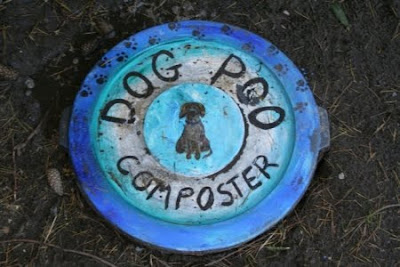 Tina is cuddled by Jess, a RAPS volunteer dog walker.
Tina is cuddled by Jess, a RAPS volunteer dog walker.
Tina the terrier has a vice, and it's landed her in trouble more than once.
She suffers from severe separation anxiety. And children supply the antidote.
When Tina's left alone and hears kids' voices, she can't help running away to join up with the fun. That's probably what earned this escape artist a spot in the shelter in the first place.
And then, when someone adopted Tina from the Richmond Animal Protection Society (RAPS), she was discarded again because of her habit. Tina hadn't been living in her new home long when she took off to track down some kids. Animal control picked her up at a nearby schoolyard.
"She bonds with you instantly, and then wails if you try to leave her," said RAPS executive director Carol Reichert.
Tina's guardian came to collect her, but she wasn't thrilled about her new pet's sense of adventure. The next day, she listed her on Craigslist for $200. Thankfully RAPS staff members troll the listings religiously, and promptly got Tina back.
This past Saturday, Tina was at it again. It was her last weekend at the shelter. A retired couple had fallen in love with the little dog and planned to pick her up on Monday for the trek back to their home in Victoria.
But mischievous Tina had her own plans for a Great Escape.
A little girls' birthday party was happening at a house across the street, and it proved too much for Tina to resist. As Carol prepared to close up for the night and hauled bags of trash out to the dumpster, stealthy Tina slipped past her feet unnoticed.
It was getting late when Carol left, after 8:30 p.m. But Carol, one of the hardest-working shelter directors I've ever met, wasn't done with her workday yet. At 11:30 p.m., she returned just to check in on her charges and make sure everyone was tucked in safely.
You can imagine how her heart dropped like a stone when she discovered that precious Tina was missing from her spot in the lobby, where she hangs out all day greeting visitors.
Despite the late hour, Carol swung into action telephoning staff, asking if they'd returned to take Tina home for the night. No one had. But they weren't going to let Carol fret alone. She was soon joined by others in the search for Tina.
"It touched my heart because of what good staff we have," Carol said.
Someone thought to check the voicemail, and there was a message from a neighbor who had guessed Tina was a shelter dog. She had headed across the street to visit seven little girls who got together to celebrate a birthday. Tina was an instant hit, and the appointed guest of honor.
"When I got to the house, seven little girls came running out," Carol said. "They were holding Tina saying, ‘We named her May.' They had been playing outside and she ran right to them. She just runs right up to anyone. They had a ball with her."
So what does the future hold for this escape artist who finds child's play irresistible?
"These people have promised they'll only be away from Tina on Sunday mornings for an hour when they go to church, and they said if Tina was upset by that, they would take turns," Carol said.
























































